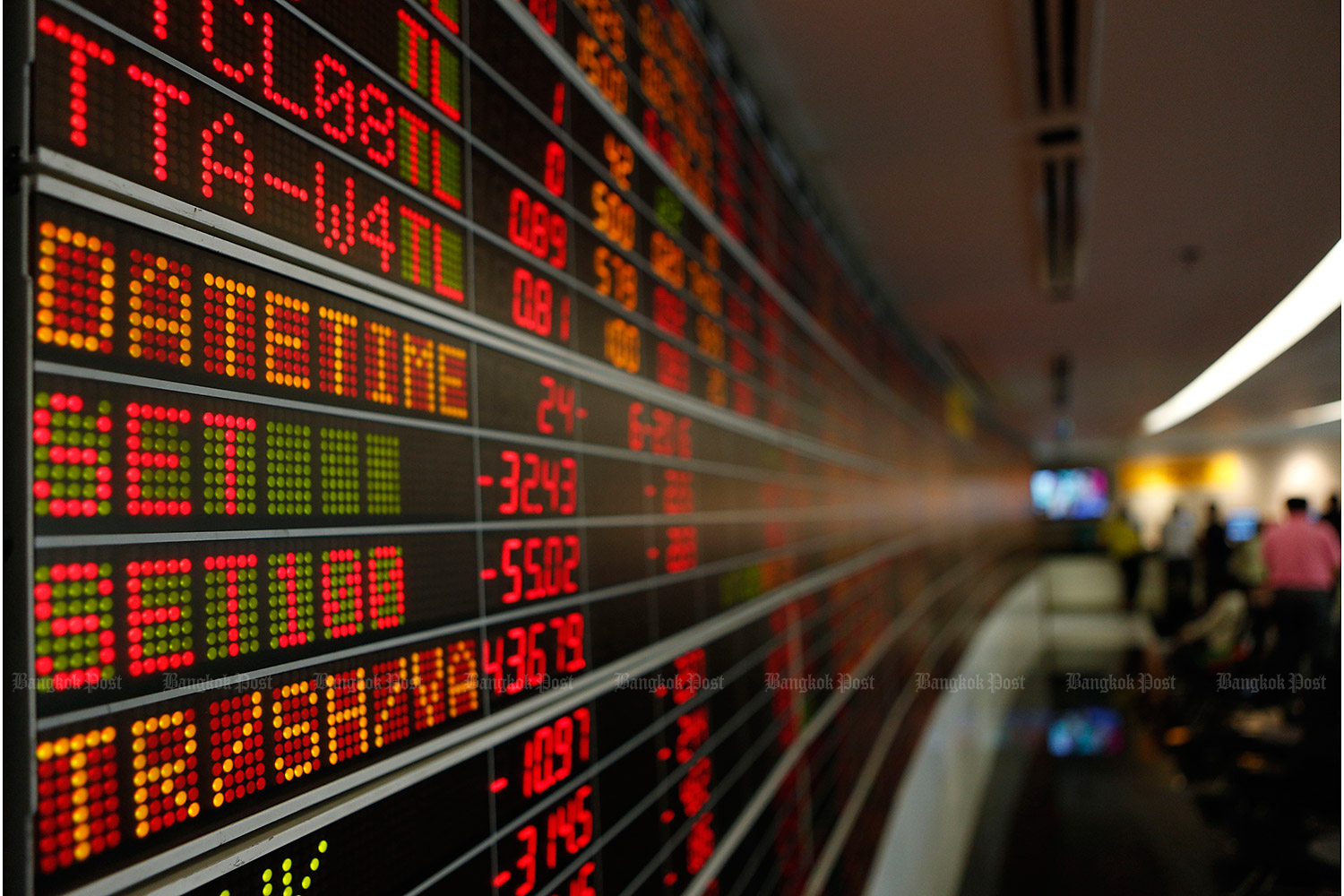
From our point of view, the global economic landscape in the fourth quarter will be very important. We believe that the coming quarter will bring a shift in the global economic picture to a new equilibrium.
In the old equilibrium, the economic perception was that inflation was still rising, interest rates would be stepped up to curb inflation, and the economy was still resilient. The new equilibrium, as perceived by the market, is that inflation has peaked, US interest rates will peak at a level above 4% and economies will slow down.
Despite panic in financial markets after US inflation in August exceeded forecasts, followed by the most hawkish Federal Reserve rate-setting meeting in decades, we are seeing the reality of the changed picture: Inflation is starting to stabilise, both in the US and around the world, markets are adjusting to a new terminal rate and the global economy is expected to slow down further.
Headline inflation in the US in August was 8.3%, above expectations of 8.1% but below the 8.5% seen in July. Looking at key elements, energy inflation eased. The average price of a gallon of gasoline was $3.71, down from $4.67. Costs such as used cars and airfares also fell. However, food and home expenses rose 0.8% and 0.7% respectively from the previous month, contributing to high headline inflation, with continued rises in housing prices, health expenditure and tuition fees.
EXPECTATIONS EASE
Still, we believe inflation has peaked. An economic slowdown coupled with tightening monetary policy will lead to a gradual slowing in inflation as well as inflation expectations. The latter, as measured by the New York Fed for August, dropped from 6.2% to 5.7%. The influential University of Michigan consumer sentiment survey showed inflation expectations dropping from 5.4% to 4.8%.
In our monitoring of inflation in 43 countries, it began to decline in July, with the simple average falling to 11.5% in July from 15.2% in June. We found 12 of the 43 countries began to see inflation declining in the most recent reading, including Brazil, Russia, Canada, the UK and the US.
With ebbing inflation comes a decline in global economic indicators. US labour market data has signalled a slowdown and retail sales have stabilised. The purchasing managers' index (PMI) in the euro zone has slipped below the 50 level that separates expansion from contraction.
The European Central Bank (ECB) expects a slowdown and high inflation because of the energy crisis facing Europe. China's economy recovered somewhat in August, but a Chinese import contraction started to affect exports worldwide.
We believe US and global economic momentum will slow further in the fourth quarter due to tight monetary policy, risk from the three European economic crises and a slowdown in China. However, the reopening of Chengdu after a Covid shutdown and continued accommodative policy should stabilise China's economy.
While the global economy is deteriorating, Europe is facing three crises at once: energy, inflation and fiscal. Natural gas prices in Europe are now more than 10 times higher than the previous decade's average after Russia cuts off supplies, dipped lately as a European Commission plan to curb prices take effect.
Nevertheless, high energy prices in general increase the risk of inflation, meaning the ECB is behind the curve and needs to raise interest rates strongly. While interest rates need to be raised quickly, high public debt and new energy subsidies make Europe more prone to a fiscal crisis.
The renewed tension between Russia and Ukraine, with President Vladimir Putin announced a partial mobilisation of military reserves to fight the war and threatening to use more heavy and unconventional weapons, will create further risk.
HAWKS PREVAIL
Meanwhile, the outcome of this week's Federal Open Market Committee meeting was unsurprisingly hawkish. Despite a 75bps rate hike as expected, the committee has sharply revised up its projection for the Fed benchmark from 3.4% at the end of 2022 and and 3.8% at the end of 2023 to 4.4% and 4.6%. This suggests hikes of 75 and 50bps in the last two meetings of this year.
The Fed also significantly lowered its growth forecast for the US from 1.7% to just 0.2% this year, recovering to 1.2% next year. The chance of a soft landing is likely to diminish, chairman Jerome Powell conceded, which caused bond yields to rise sharply.
We have three views on the direction of US monetary policy: First, rates and economic projections show signs of "frontloading" -- with big hikes of 75 and 50bps in the last two meetings of this year, easing to 25-50bps early next year, and declining in 2024.
Second, with a sharp and frontloaded rate hike, a severe downturn in economic forecasts indicates that a higher chance of a US economic recession this year or next. If the Fed's projection is correct and the economy grows by only 0.2%, this implies an annualised contraction of 2.8% in the second half. That's a sharp slowdown from 3.2% growth in the first half.
Third, short-term US bond yields are rising while the long-term yield is rangebound. This implies a stronger inverted yield curve, a signal of recession. The yield on two-year bonds has reached 4.1% while the 10-year yield is in the range of 3.5% to 3.7%, indicating that the short-term interest rate is too high. Combined with the slowing of inflation and deterioration of economic momentum, this may indicate that US monetary policy will reach peak hawkishness very soon.
Although inflation may have begun to decline, interest rates are peaking. The negative impact will ripple through the US and global economies. Businesses and investors need to beware of this new and troubling equilibrium.
Dr Piyasak Manason heads the Wealth Research Department at InnovestX Securities Co Ltd







